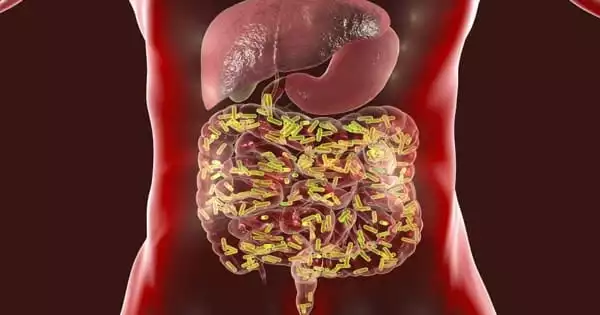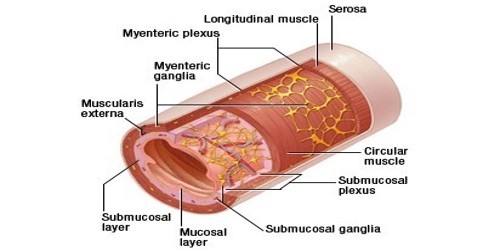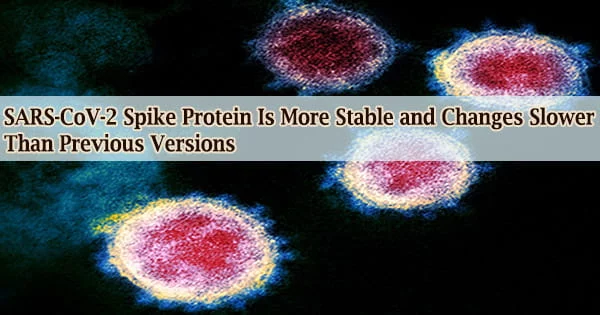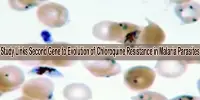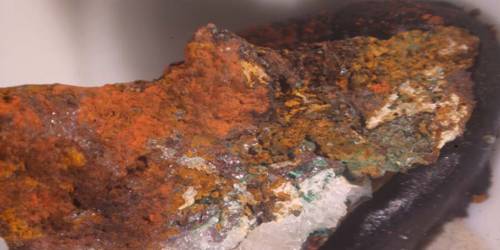The human digestive tract is home to a diverse ecosystem of microorganisms, including bacteria and viruses. We have seen a quantum leap in the study of human-gut-inhabiting bacteria with the rise of next-generation sequencing technologies, but the viruses that infect these bacteria, known as bacteriophages, remain unexplored. Temperate bacteriophages outnumber lytic bacteriophages in the human gut ecosystem. The majority of bacterial cells are thought to have at least one phage, known as a prophage, inserted into their genome.
A new study has added a slew of previously unknown viral genomes and genes to the ever-expanding global pool of human gut viromes. The study, which was published in mSystems, an open-access journal of the American Society for Microbiology, will aid in the investigation of the gut virome’s role in human health and disease.
“The human gut virome is still vastly underexplored, and many novel viruses are to be discovered, some of which could have important influences on processes impacting human health and disease,” said study principal investigator Jelle Matthijnssens, Ph.D., a professor in the Department of Microbiology, Immunology & Transplantation, Rega Institute, Division of Clinical & Epidemiological Virology, Laboratory of Viral Metagenomics, KU Leuven, Leuven, Belgium.
The human gut virome is still vastly underexplored, and many novel viruses are to be discovered, some of which could have important influences on processes impacting human health and disease. The research will be useful in understanding the role of the gut virome in human health and disease.
Jelle Matthijnssens
The human gut contains a complex ecosystem of microorganisms, the majority of which are bacteria. According to Dr. Matthijnssens, research on viruses in the gut is lagging. The MicrobLiver project seeks to learn more about the interaction between the host and gut microbiome in humans, as well as the role of the gut-liver axis in the early stages of alcoholic and non-alcoholic fatty liver disease. “We aimed to generate a catalog of virus genomes in the framework of the MicrobLiver project, which could be used in subsequent studies on several cohorts of people with early stages of alcoholic and non-alcoholic fatty liver disease,” said Dr. Matthijnssens.
The Danish Enteric Virome Catalog was created using 254 fecal samples from 204 Danish subjects in the new study (DEVoC). The pediatric cohort consisted of 50 children and adolescents (6-18 years old) with BMIs above the 90th percentile, as well as 50 age- and sex-matched healthy controls. The adult cohort (34-76 years old) included 52 patients with alcohol-related liver disease and 52 healthy controls who were matched for gender, BMI, and age.
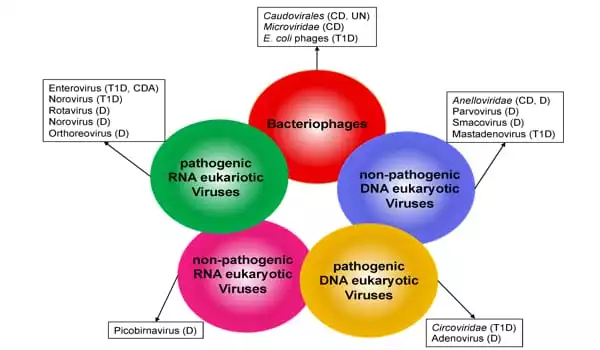
The researchers purified all virus particles from stool samples using the Novel Enrichment Technique Of Viromes (NetoVIR) protocol and sequenced their genomes using deep-sequencing technologies. (NetoVir enables researchers to achieve a high-throughput, reproducible sample preparation protocol for next-generation sequencing gut viromics studies.)
They also used advanced bioinformatics tools to identify nearly 13 thousand (partial) viral genomes, many of which were novel and not found in public databases. Despite the fact that gut viromes are known to be highly individualistic, the researchers identified 39 genomes that were present in at least ten healthy subjects. These 39 genomes were then compared to public virome datasets from around the world, which revealed a variety of age, geography, and disease-related prevalence patterns.
Two genomes, in particular, were found to have a remarkably high prevalence worldwide. The first was a crAss-like phage (20.6 percent prevalence) from the tentative AlphacrAssvirinae subfamily, and the second was LoVEphage, a previously unknown temperate phage infecting Bacteroides dorei (14.4 percent prevalence). The researchers then searched public databases and found 18 more circular LoVEphage-like genomes (67.9 to 72.4 kb).
“Our findings highlight the fact that the human gut virome is still being studied and that many new viruses are yet to be discovered. The identification of novel phages shared by people all over the world is particularly interesting and should be investigated further “Dr. Matthijnssens stated.
“The catalog will then be used to investigate differences in the virome of different cohorts of patients with early stages of alcoholic and non-alcoholic fatty liver disease. We hope that these studies will give us a basic understanding of the role the gut microbiome may play in the development of alcoholic and non-alcoholic fatty liver disease. Furthermore, we will investigate the virome in order to identify biomarkers for disease progression or treatment success prediction.”
